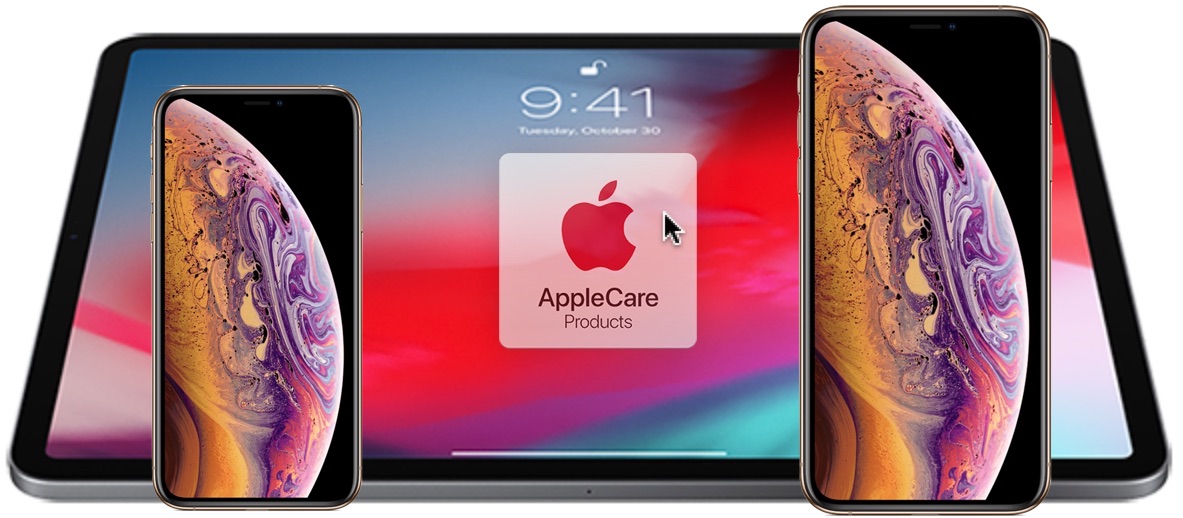
Visitors at Display Week 2023 were drawn to TCL’s unique 8K OLED TV, which folded itself in half to become a coffee table. But they quickly learned that the coffee table concept was just bait, and that the TV’s biggest feature is actually quite subtle—it’s the first 8K 65-inch OLED TV manufactured through an inkjet printing process.
A video of the prototype was shared to YouTube by HDTVTest’s Vincent Teoh. And it’s a fairly impressive demonstration. The TV looks quite sharp, and despite its foldable, inkjet-printed design, it sports a 120Hz refresh rate, 1,000,000:1 contrast ratio, and 99% DCI-P3 color gamut coverage.
Normally, OLED displays are manufactured through an evaporation process, where several layers of organic material are applied to a substrate through a metal stencil (called a mask). This material is then cooled to form a single layer. The problem is that organic material gets stuck to the metal mask, components need to be cleaned often, and contaminants may be introduced—it’s wasteful and time-consuming.
TCL began teasing its inkjet-printed OLED manufacturing process several years ago. And it’s actually a very simple idea. Rather than using a mask, organic material is precisely deposited on a substrate using what is basically a large inkjet printer. Less material is wasted, and the inkjet nozzles don’t need to be cleaned too often. According to Radiant Vision Systems, the inkjet OLED process could reduce manufacturing costs by anywhere between 15% and 20%.
This teaser is notable because, up until now, most inkjet-printed OLED displays have been quite small. TCL’s prototype shows that the process might be ready for larger TVs with premium specs, and it could be utilized when creating foldable displays, which are expected to become popular in smartphones and other devices.
Source: HDTVTest







